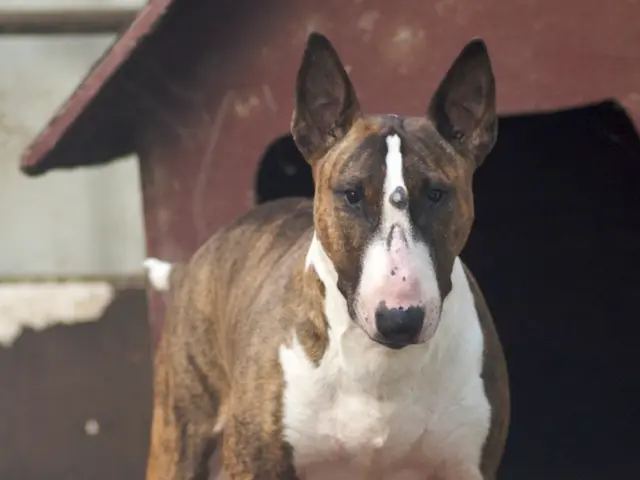Cuddly Comfort: The Growing Trend of Plush Toys for Grown-Ups
Adult fascination with plush toys, from Jellycats to Squishmallows, explained.
When Maria Fowler, aged 34, welcomed her first child, she bought a classic plush toy - a Build-A-Bear. Fast forward, and her collection of cuddly critters has now exceeded 500. Fowler isn't alone. Across the nation, adults have been flocking to purchase plush toys, with many amassing collections of Jellycats, Squishmallows, and other beloved brands.
Once reserved for children's benches and bedrooms, plush toys have found their way into the hearts and homes of grown-ups. In fact, they accounted for more than 20% of all plush toy sales in 2024, as reported by market research firm Circana.
While the number of toys in a single collection may vary, the desire to own and cherish these cuddly companions has become commonplace. Jellycats, in particular, have taken cities like New York and Paris by storm. Their cute forms can be found as menu items in Jellycat-themed restaurants, while plushie animal charms dangle from fashion week purses.
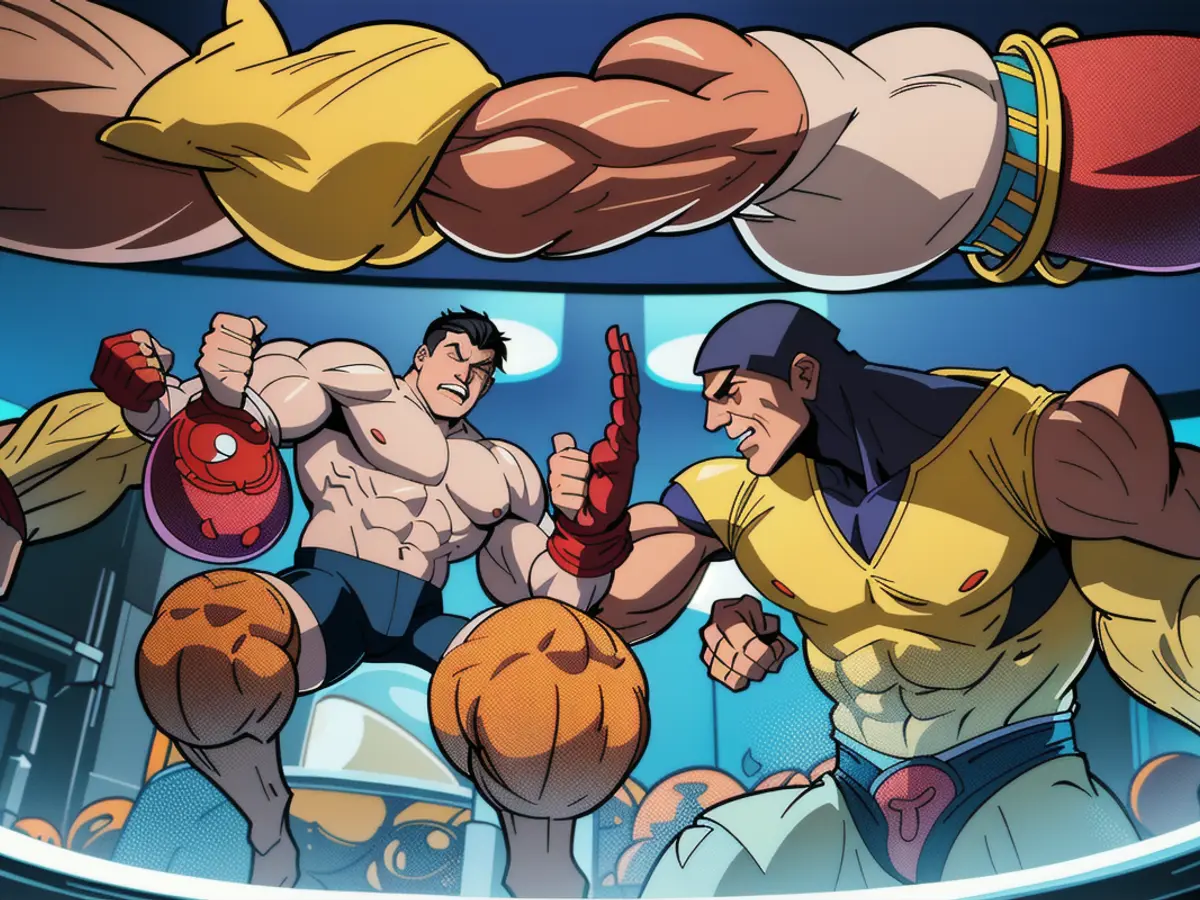
The surge in adult interest in plush toys isn't a new phenomenon. Rather, it can be traced back to the 1990s, with the phenomenon surrounding Furbies and Beanie Babies. Feelings of perceived instability, such as the looming Y2K era and economic uncertainty, drove adults to seek comfort in childhood icons. Today, economic and political uncertainty has maintained its grip, pushing many to embrace nostalgia and inner childhood experience.
Jess Rauchberg, a digital culture researcher at Seton Hall University in New Jersey, explains, "We are searching for the nostalgia of what's comfortable to us. These toys and these plushies symbolize something that we want to hold onto."
This search for comfort and healing extends beyond plush toys. Social media is peppered with posts about rediscovering childhood hobbies and harkening back to a simpler time. Rauchberg believes this cultural movement reflects a pushback against the perceived demands of adulthood: "I think it speaks to these larger discourses or these larger conversations about agency. Do you have the power to do things for yourself, and is that seen as selfish, or against these ideas of what it means to be a woman? Or are you just still trying to be a girl?"
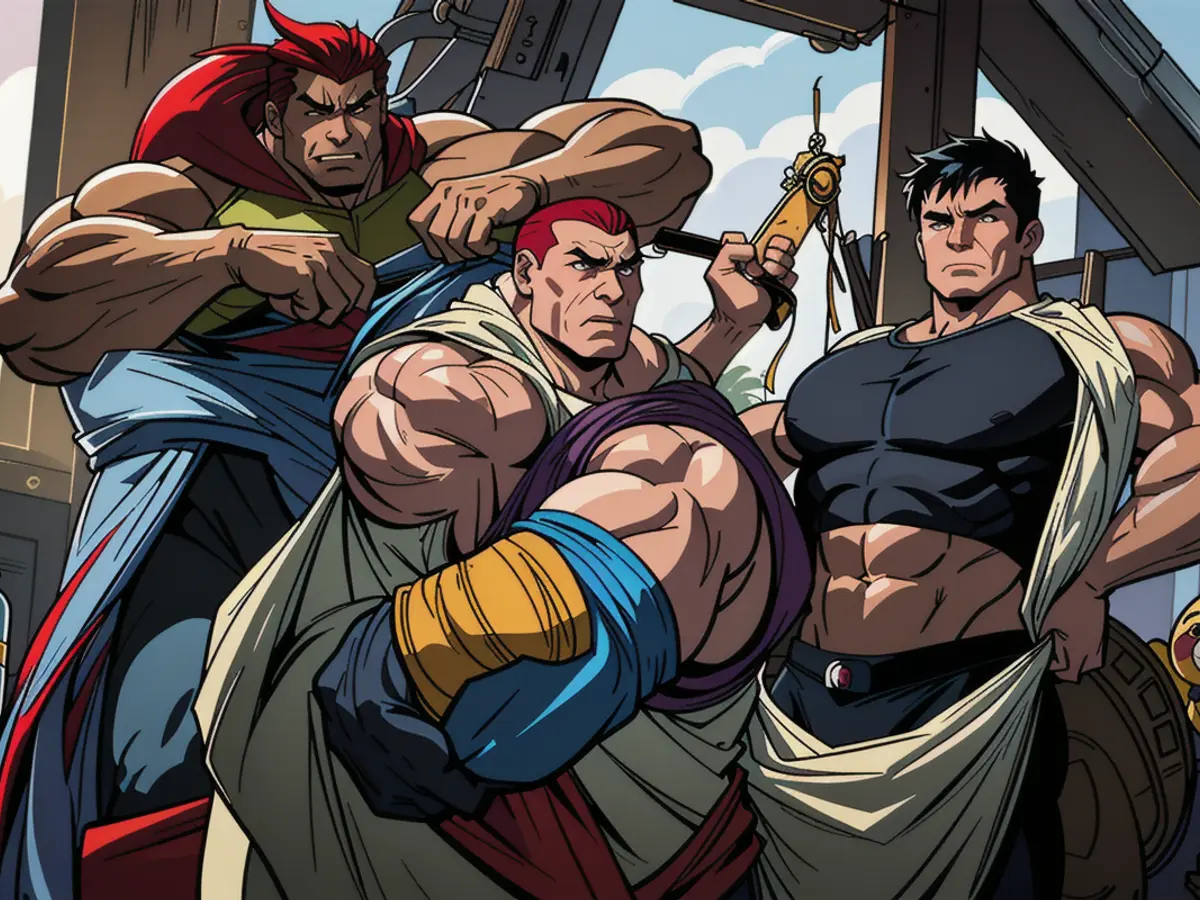
In the plush toy market, adult females have been the driving force, making up approximately two-thirds of the growth seen in 2024. The trend began in earnest during the pandemic, according to Juli Lennett, US toys industry adviser at Circana. While the demand for plush toys has ebbed and flowed, Lennett notes that the behavior has continued over the past five years.
Some argue that this trend signifies an arrested development, while others see it as a renegotiation of what adulthood means. As Iris Lee, a 31-year-old plush toy collector, puts it, "It is okay to also act - not childish - but be with things that make (you) happy. No matter if they're childish or not."
Remember, this trend is about more than just stuffed animals - it's about the comfort and happiness they provide. So, go ahead, indulge in something a little more fluffy, a little more fun, and a little more you. You're the grown-up, after all.
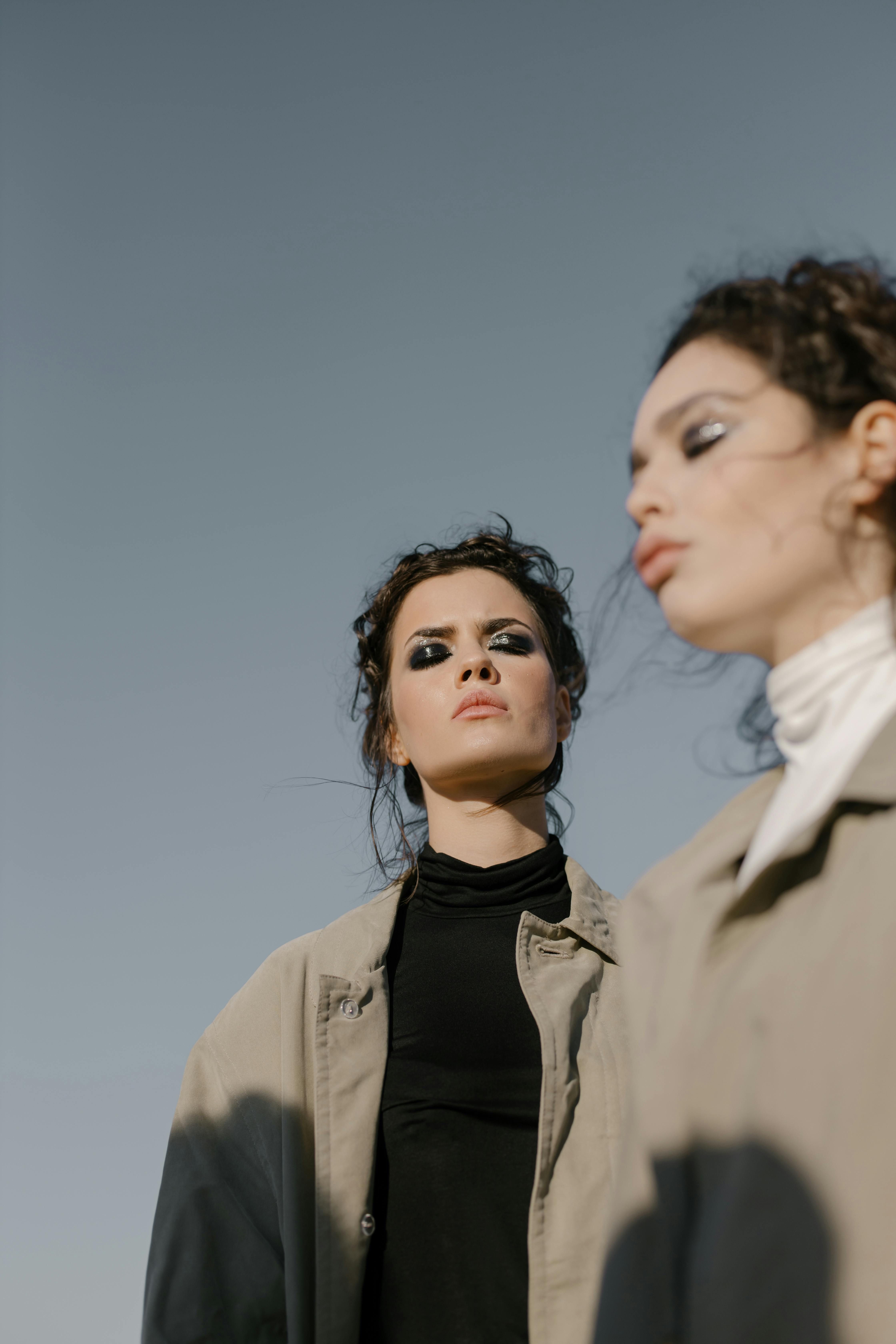
Enrichment Data:
Current Trends and Cultural Significance- Social Media Influence: TikTok, Instagram, and other platforms have been instrumental in spreading the love for plush toys among adults. The use of hashtags like #plushcollections and #stuffedanimallovers allows collectors to share their collections and connect with like-minded individuals.- Emotional Comfort: Stuffed toys have become popular as "transitional objects," offering emotional comfort, stress relief, and a sense of security to adults who collect them. They serve as companions, home decorations, and a means of expressing personal style and identity.- Luxury Collectibles: Brands such as Jellycats have become luxury items, with some edition of the toys fetching thousands on resale sites. Signature designs, limited-edition releases, and rare colorways contribute to the high demand and value of these collectibles.
Evolution Over Time- Kickstart During the Pandemic: The surge in sales of plush toys began during the COVID-19 pandemic. As people sought companionship and emotional support during isolation, plush toys offered a sense of comfort and familiarity.- Plush Toys as Self-Care: In recent years, self-care and mental health awareness have become important aspects of adult life. Plush toys have become associated with self-care routines, offering emotional support, stress relief, and a way to express feelings and needs.- New Opportunities in the Market: The growing adult interest in plush toys has opened up new opportunities for manufacturers and retailers. Brands are now offering more adult-oriented designs, collaborations, and limited-edition releases to cater to this market.- Integration with Popular Culture: Plush toys have made their way into popular culture, from television shows like Friends and Brooklyn Nine-Nine, to movies like Toy Story and Inside Out. This integration further normalizes the idea of adults owning and loving stuffed toys.
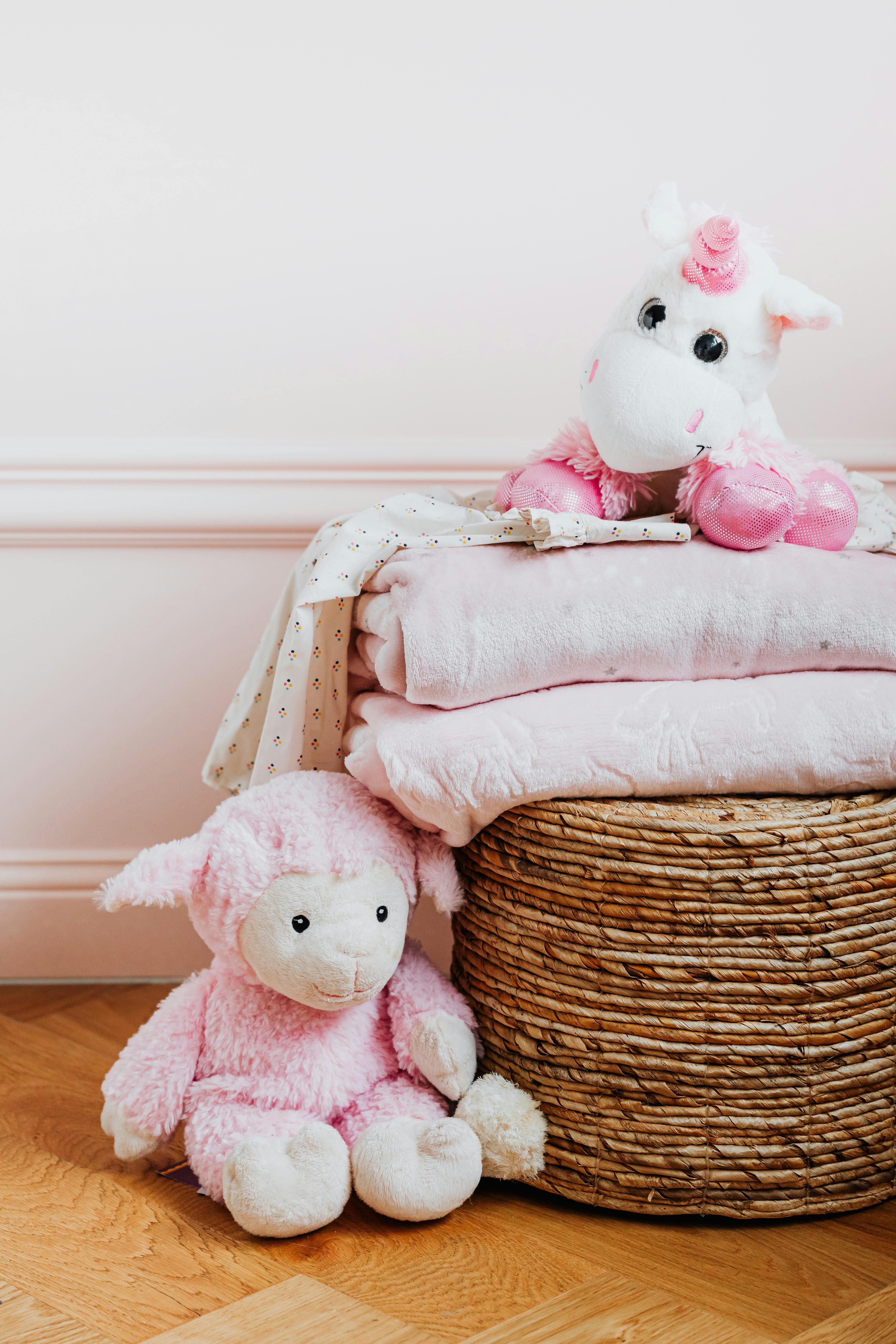
Key Points:- Social Media Influence: Online platforms such as TikTok and Instagram have played a crucial role in the normalization and popularization of the trend among adults.- Emotional Comfort: Stuffed toys serve as "transitional objects," providing emotional comfort and stress relief for adults.- Luxury Collectibles: Brands like Jellycats have become luxury collectibles, with rare and unique items fetching high prices.- Cultural Significance: The growing interest in plush toys reflects a broader cultural acceptance of embracing nostalgia and comfort in adulthood.- Evolution Over Time: The trend has evolved significantly over the past few years, with the pandemic serving as a catalyst for the rise in sales. Plush toys have become more than childhood icons; they now symbolize self-care, emotional support, and a means of expressing personal identity.
Us adults, like Maria Fowler, find comfort in purchasing and collecting plush toys, such as Jellycats and Squishmallows, reflecting our desire for nostalgia and inner childhood experiences. The rise of social media platforms like TikTok and Instagram has facilitated the normalization and popularization of this trend, allowing adults to share their collections and connect with similar individuals. Some luxury brands have even seen their plush toys become high-value collectibles, like editions of Jellycats fetching thousands on resale sites. Iris Lee, a 31-year-old plush toy collector, believes that embracing things that bring happiness, regardless of their perceived "childishness," is a valid part of adulthood.








